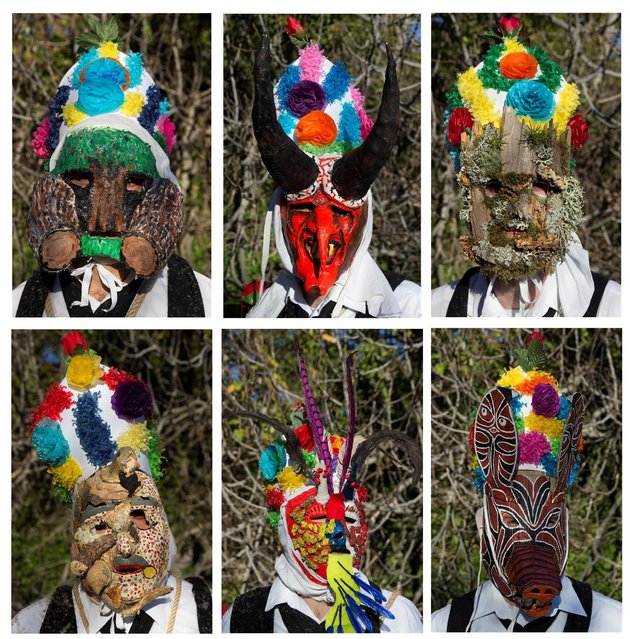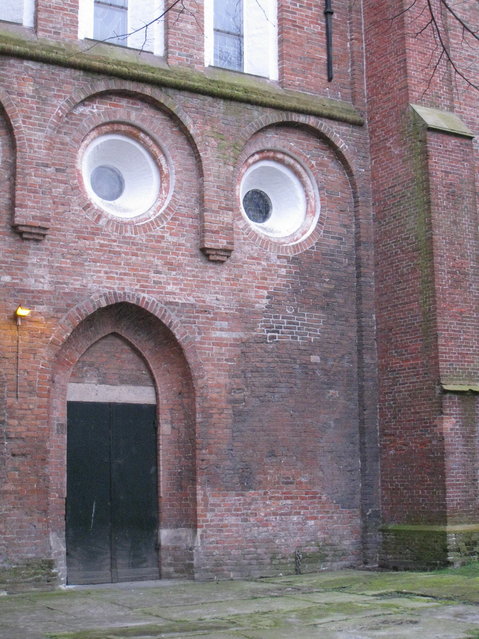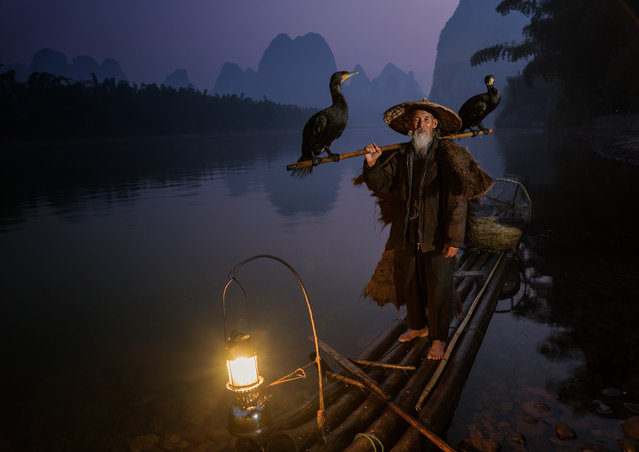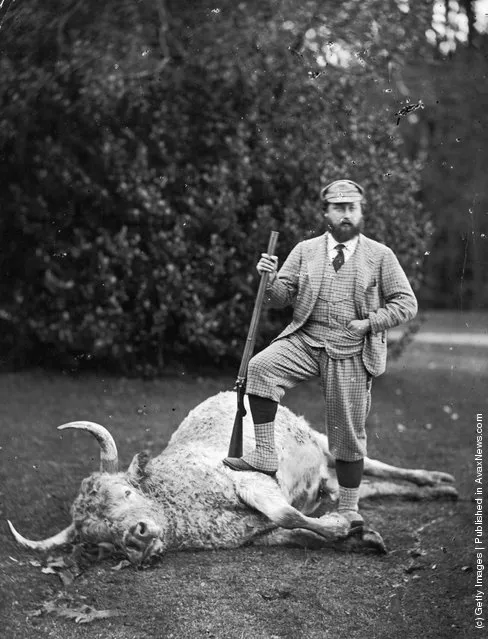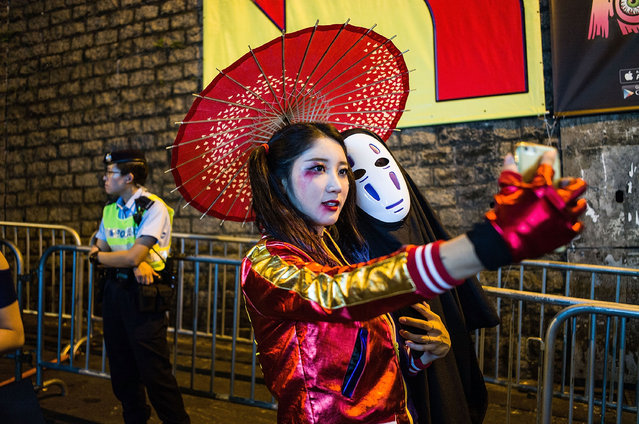
People take part in a Halloween street party at Lan Kwai Fong on October 31, 2016 in Hong Kong. Halloween, a contraction of All Hallows' Evening, falls on the day before All Saints' Day on November 1, a holiday when Christians remember their deceased loved ones. (Photo by Lam Yik Fei/Getty Images)
04 Nov 2016 12:30:00,post received
0 comments


